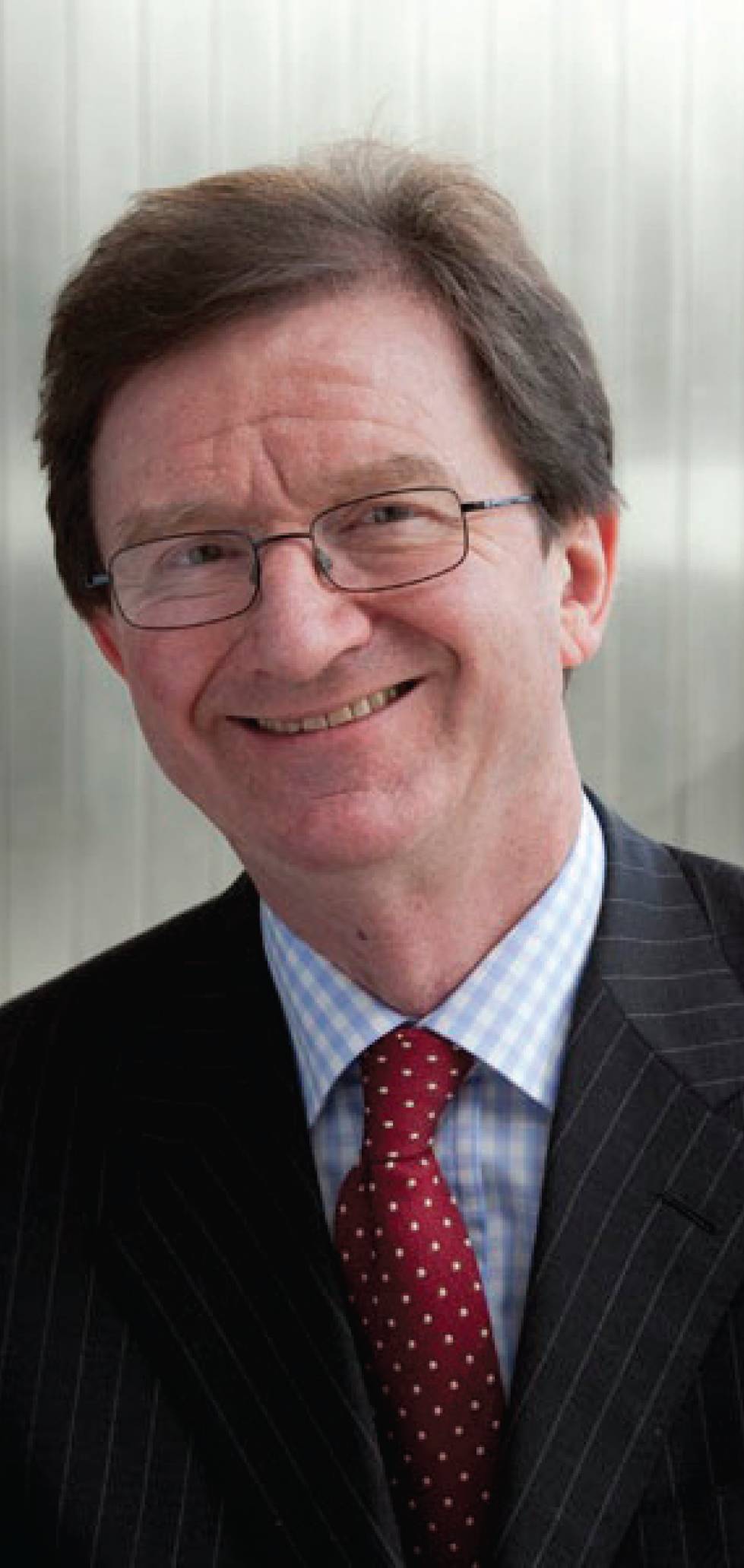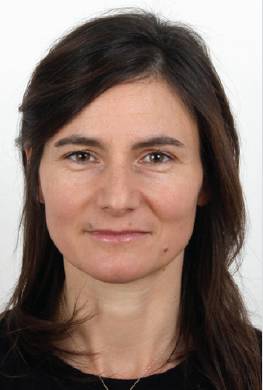CILEx REGULATION
Younger: at heart of CILEx Regulation
CILEx Regulation’s new chair, Sam Younger CBE, tells the Journal about his new role and the growth potential for the regulator.
There’s a new chair at the helm of CILEx Regulation, the independent regulatory body which now regulates about 8,000 individuals and entities. With a wealth of regulatory experience behind him, Sam Younger CBE took up the lead role in November. He tells the Journal that he is ‘delighted to be joining CILEx Regulation at such an exciting time’ .
His appointment comes during a period of growth for CILEx Regulation. As a consequence of the Legal Services Act 2007, since 2011 CILEx Regulation has been working hard to develop as a regulator of not only CILEx members and entities, but non-CILEx members as well, to regulate anyone with practice rights and the entities they run. He says: ‘Legal services is going through major change and there are real opportunities for CILEx Regulation. I am here to make sure that we do everything we can to provide what is needed to authorise practice rights.’ He adds: ‘We’ll be continuing to focus on the need to be lean and spare in our approach to regulation at the same time as maintaining standards; a huge task in itself.’
CILEx Regulation, established in 2008, is also looking to become a regulator of alternative business structures (ABSs). This proposal will go out to consultation shortly, and an application will be made to the Legal Services Board (LSB) early in 2016. Sam Younger will be leading CILEx Regulation on this endeavour: ‘We are also looking at expanding beyond practice rights into ABS regulation. The challenge is to grow the business in this marketplace, alongside practice rights. There are, of course, opportunities for everyone, including our competitors, so it is not going to be easy. We need to ensure that we can promote these opportunities and build recognition of the fact that CILEx Regulation is a very good option for practitioners and businesses.’
His work credentials and experience will stand him in good stead. After a 20-year career at the BBC, he has had roles at three different regulators: at the Advertising Standards Authority; as chair of the Electoral Commission; and, most recently, as chief executive of the Charity Commission for England and Wales: ‘I have been around regulation for a long time and am familiar with the particular issues, such as delivering a risk-based approach [focusing on the risk associated with a breach of the rules rather than the rules themselves] and avoiding over-engineering regulation.’ For him, regulation is: ‘a balancing act between getting the confidence of those who are using the regulated services on the one hand and not tying the hands of the regulated, the practitioners themselves, on the other’ .
The level of regulation is also not static, and changes as the market changes. Regulators need to be responsive to that, argues Sam Younger: ‘The legal services market is moving towards ‘smarter’ regulation, not specifically less or more regulation. We need to be aware of the market, but we are still performing that same balancing act between the needs of the consumer and the regulated entity, between protection and innovation.’
As the legal services market is changing so fast, and in such unpredictable ways, it is particularly tricky for regulators: ‘We need to pick up signals from the market itself, from the wider external context as well as consumer expectations,’ he says. He believes that how consumers behave will shape the legal services market, such as whether they choose more online and self-help legal services: ‘It is then the regulator’s job to respond to that and deliver confidence back to that market.’
But there is also the day to day: ‘Alongside thinking ambitiously, we also have to keep focused on the day job: to make sure that our outcomes-focused and risk-based regulation is working. We need to ensure it is delivering consumer confidence. This requires us to continuously ask ourselves whether we are doing it in the best possible way,’ he says.

One of the complexities of legal services is that any regulator must also work in a way which is sensitive to a number of different groups, including other regulators, with CILEx and other representative bodies, with the Ministry of Justice, and with the LSB. Sam Younger explains: ‘With a multiple range of stakeholders like this, you really need to be able to listen. This entails actually working out what they really mean rather than just hearing what they say. It is also about knowing what is your bottom line, where you can concede and where you can’t .’
The most important of those relationships is the one with CILEx itself. The two organisations have to work together in order to deliver what Chartered Legal Executives and other members need: member support, training, regulation and so on. Yet in some ways, he argues, CILEx and CILEx Regulation are likely to also become even more independent of each other. Although they are independent organisations, there is still a financial tie which he is hoping to loosen: ‘It is important that the regulator and the professional body are truly independent of each other. We need to do everything we can to grow our market and be less dependent on CILEx in terms of resources.’
Within CILEx Regulation, Sam Younger as chair will work alongside its chief executive, Helen Whiteman: ‘I have been a CEO before [at the Charity Commission], so I know what it is like. The relationship is key: there should be no secrets between a chair and a CEO. It’s a balance: a chief executive needs the space to operate, and a chair needs to be given enough information to fulfil his or her role.’
Working closely with the regulated community, he is optimistic about their future: ‘Chartered Legal Executives have not yet fully taken their place in the public imagination alongside solicitors and barristers. I am sure it will happen and I am excited to be part of that journey.’
